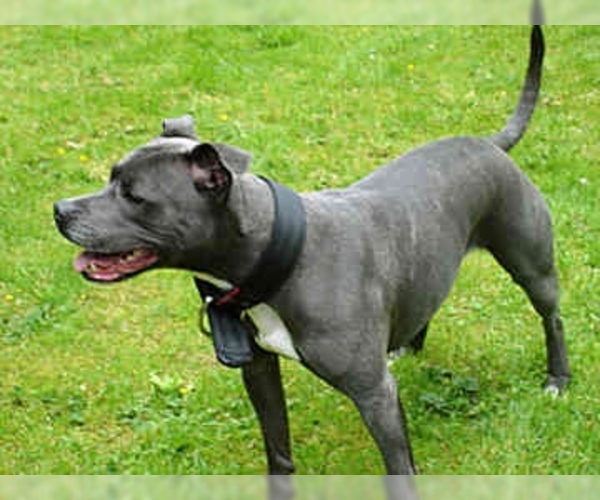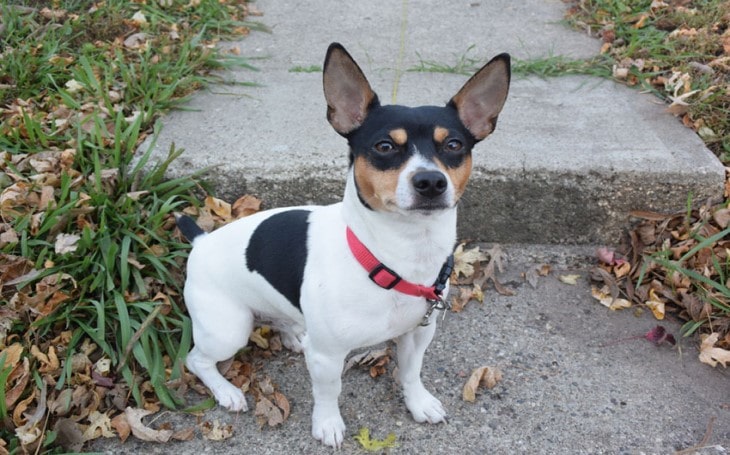


When viewing movement from the front, the forelegs should remain parallel, with elbows and paws moving neither in nor out. The characteristics of healthy structure are evident: when moving away, the forelegs and rear pasterns should remain parallel to one another. MovementThe movement should be balanced, springy, lively, tireless, effortless, efficient, and energetic.

Large patches or amounts of white indicating homogenous merle genotype/phenotype are undesirable. Any unprovoked aggressive or fearful behavior toward people is incorrect for this breed.Ĭoat Color or Pattern: All coat colors and patterns are equally permissible. They bond strongly with their families and are devoted companions. They are also highly predatory towards small animals and pocket pets and it’s not recommended allowing them in a room together unsupervised. Unlike terriers, they get along well with other dogs in their “pack” or family, but can become quarrelsome with new dogs. However in the right situation, they can thrive in such events as agility, fly-ball, and even small dog weight pulling. Their high drive, energy, and instincts can make them less than perfect for every family setting, as boredom coupled with high energy will often find an outline in problem behaviors. If provided enough exercise and sensory stimulation, they also serve as excellent companions. They are notoriously silent once they find a track. The dogs are energetic and enjoy daily outings where they can exercise their senses and hone their hunting skills. Temperament: One of the last true hunting dogs, the Feist is heavily instinctual and reliant on sight, sound, and scent. The feist was used in the development of the Teddy Roosevelt Terrier and the Rat Terrier breeds. Dedicated hunters and breeders keep dogs that are true to the original purpose, and have little regard for appearances, therefore, there can be much variation within a single feist breed. Within each breed there are several strains or bloodlines. Today, there are several different types (or breeds) of feist. These little dogs were developed to serve several purposes, including hunting, pest eradication, and companionship. The word feist is of German origin from the word fice, or fyst, meaning “to stink,” or “a foul smell.” How these dogs have come to be known as such is believed to be a result of their early name of fisting (or fysting) curres, which meant “stinking dog.”

Hunters in their truest form, unspoiled by the gleam of conformation shows or celebrity fad, they are bred and kept by those who still use them for their original purpose: hunting and companionship. The feists are a family of dogs developed in the Southeastern United States from old-time hunting dogs brought over by German and Irish immigrants.
#Dog breed similar to a feist dog breed full#
The Mountain Feist was recognized by the United Kennel Club on February 1, 2015.Click here for FULL BREED STANDARD Origins Today’s Mountain Feist is the result of generations of breeding for performance and is still primarily used to hunt squirrel, although they are also used to hunt raccoon, rabbits and more. Like the Cur breeds, the Feist breeds were developed in the rural South by breeders who needed low-maintenance dogs to hunt small game and to eliminate vermin, Feist were often the result of crosses between hunting hounds and terriers. The word “feist” is an ancient one referring to a small, often noisy dog. Mainly used as a squirrel dog, the Mountain Feist is also good at hunting raccoons and tracking larger game. Feist are very vocal dogs, communicating with growls, bays and barks.They are very protective around the people they know best. Mountain Feists are curious, intelligent, alert and physically active dogs which are suited for hunting and as companion dogs. They have paws suited for climbing because of their strong hind legs and sharp curved nails. They have long pointy ears that stand upwards and button ears that fold over. They have a variety of colors but are mainly a light brown, black, and white. The Mountain Feist stand about 35 to 45 cm (14 to 18 inches) high.


 0 kommentar(er)
0 kommentar(er)
